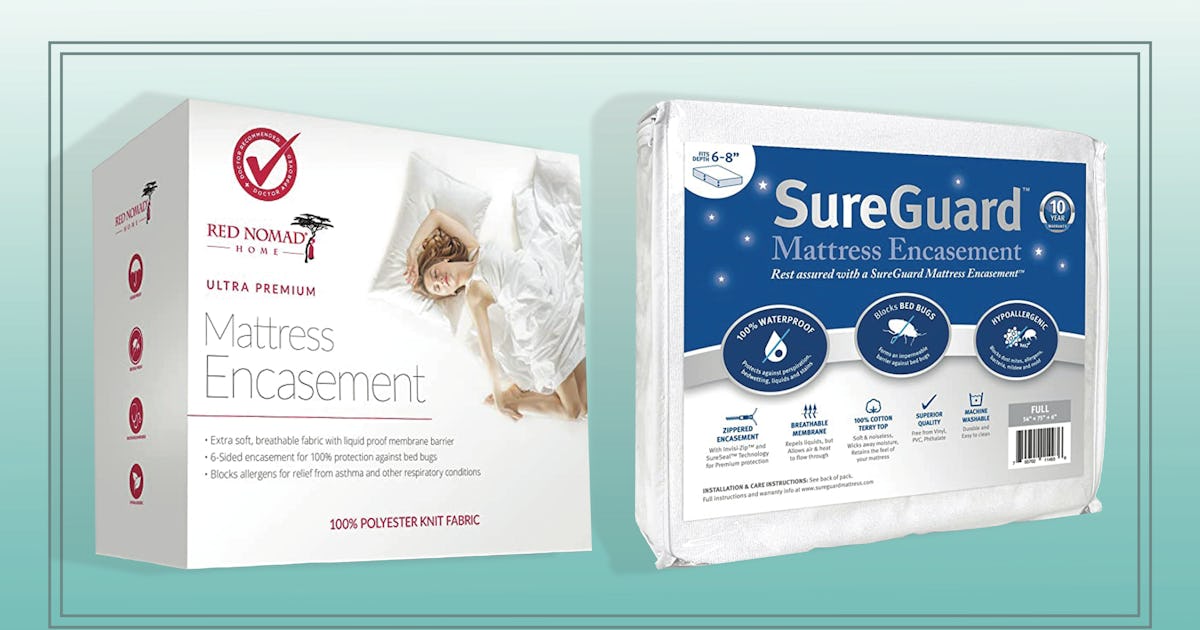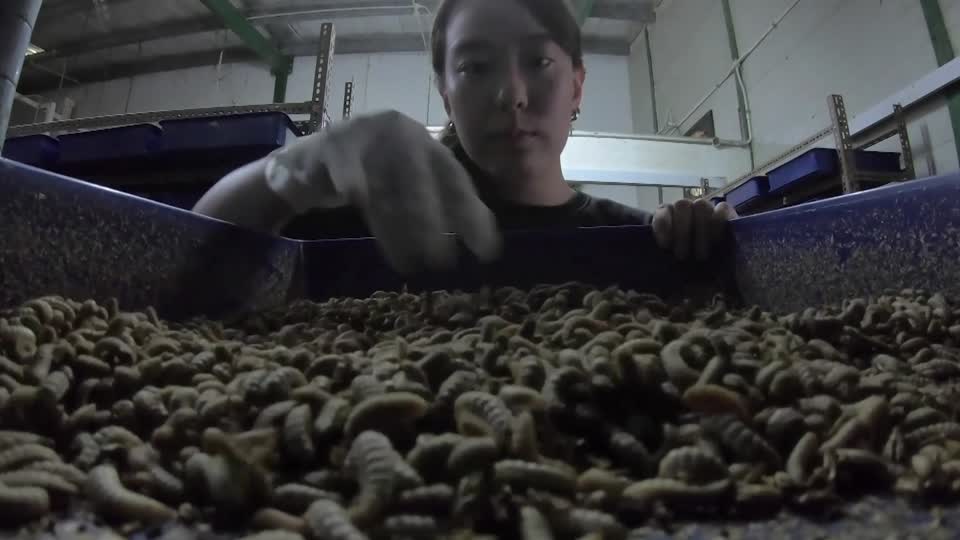ELORA – Eliminating the termite problem at Center Wellington will cost approximately $ 1 million over five years. After an annual budget of only $ 60,000, this price tag surprised the Center Wellington Council at its full committee meeting on May 17th.
Tim Myles, who heads Termite Research Services Inc., was hired by the community last fall to conduct a survey to determine the extent of the problem and the hotspots in Fergus and Elora.
When presenting the results, Myles said there are 478 properties either in or adjacent to a termite zone, “and it was a surprise to see how extensive this is,” he told councilors.
“You set aside $ 60,000, but that’s pretty far from what I would need.”
Myles found termites in 119 properties in eight clusters in Elora and 140 properties in one cluster in Fergus. Adjacent properties may not currently have termite activity, but require the same treatments as the affected properties to truly eradicate termites, he said.
Myles has had success in Guelph and other termite problem communities in his 30 year career, but he is considering retiring and does not want to take on such a big job.
That was another blow to the council.
Myles said he is currently working in Elmira, where 139 properties have termites. “The size (in Center Wellington) is five times what I had hoped.
“I think it’s too much for me.”
Myles said he developed a system that is widely available, but not many termite control companies are using his method.
Myles uses borates and nematode sprays to control termite population while removing food sources and habitat – that is, dead wood – from properties in identified termite zones. In some cases, chemical treatments would also be required.
“It is crucial for this approach to be carried out across the board,” he said.
So far, individual homeowners have dealt with termites at their own expense, but that only moves a colony and doesn’t wipe it out. The cost of individual treatments is around $ 5,000.
Myles suggested that homeowners in or near termite zones should remove all dead wood on their property, including stumps, cut branches and trunks, garden wood art, and wood chip mulch.
“The dead stumps are the nesting places, and the red carpet is wood chip mulch. That’s the invitation, ”he said.
The report was received for informational purposes and the staff will work with Myles to determine the phasing, budget and plan of attack before returning to the council for approval.
“This is not good news, but it is good to know what it is really like,” said Mayor Kelly Linton.
“Hold on for more.”








